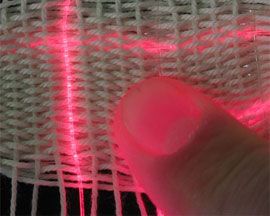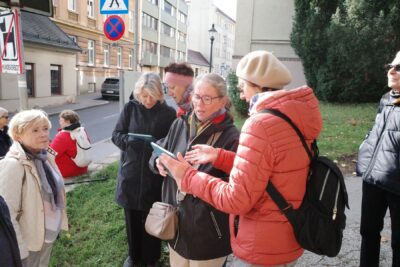Assistive Technologies (AT) can help older persons live independently for longer. However, they are often experienced as stigmatising and uncomfortable due to a lack of relevance, poor design, or weak reliability. Therefore, older persons too often give them up instead of benefitting from them. The EU-funded MATUROLIFE project aims at addressing this gap by co-designing prototypes of new ATs with end-users. Functional but more fashionable, desirable and acceptable AT solutions in the areas of footwear, clothing and furniture will be developed. AGE will ensure during the whole duration of the project, together with EUROCARERS, the genuine end users’ engagement in the prototypes’ development.

To do so, MATUROLIFE will follow a genuine co-design approach. The co-design approach will take the form of co-creation workshops where older persons will be directly involved and will work together with designers. At a later stage, once the prototypes are developed, they will again be invited to test the suggested solutions. The workshops will be held in all nine countries of the project consortium to make sure that various cultural values are taken into account and if needed to adapt the solutions to each country.
The prototypes will address three areas: clothing, footwear, furniture
- Clothing: the discreet incorporation of sensors to alert for movements, vital signs and dehydration. Dehydration is particularly important which is associated with increased rates of urinary tract infections, constipation, etc.
- Furniture: sofas and seats with sensors to detect ambient and body temperature – to prompt activity and an adjustment of environmental conditions to meet individual needs.
- Footwear: shoes for tracking and warning of danger. Many older people live in small flats in urban environments and this AT would help to avoid falls (as well as alerting to collapse) particularly for visually impaired and with blue tooth beacons and receptors, safe areas could be created. In addition, this type of AT could support tracking and way-finding.
AGE Platform Europe will be responsible to ensure the involvement of older persons as end-users, by running a Stakeholder Representative Panel during the course of the project and by recruiting individuals to participate in the co-creation workshops and in the testing phases of the developed solutions.
To read more, click here.






